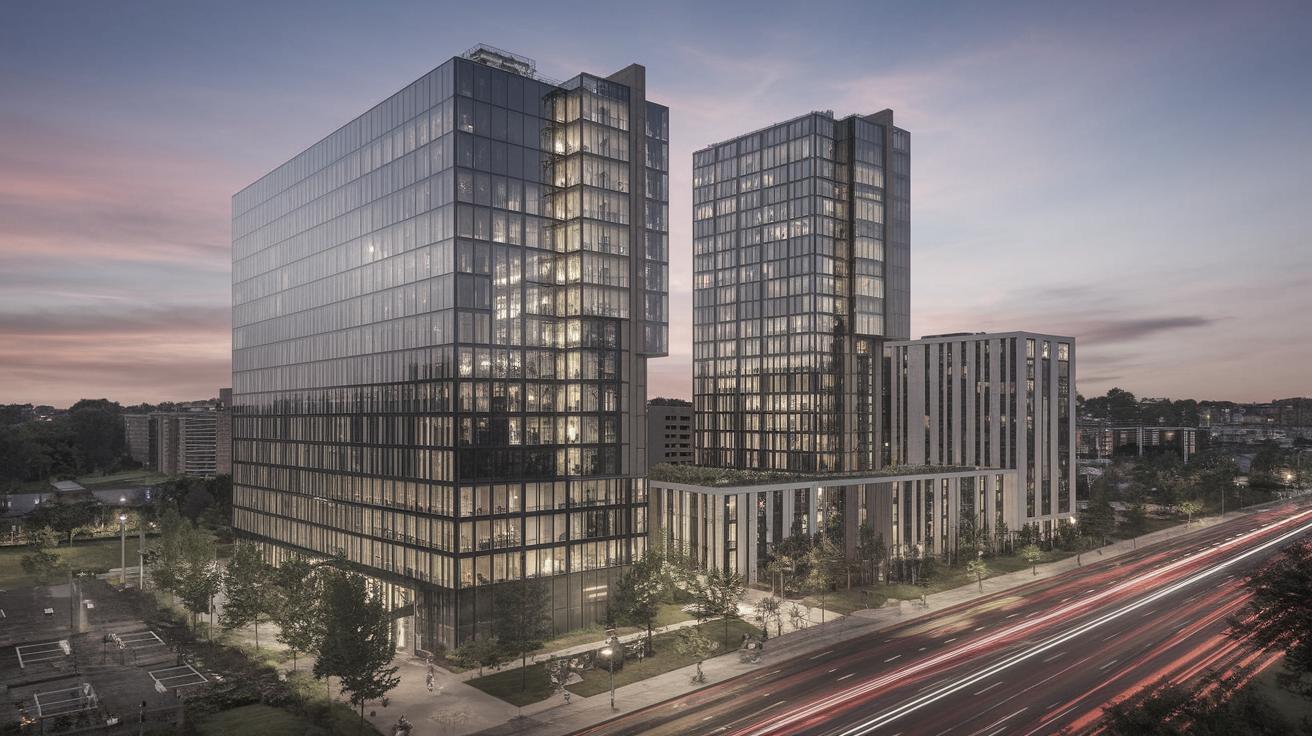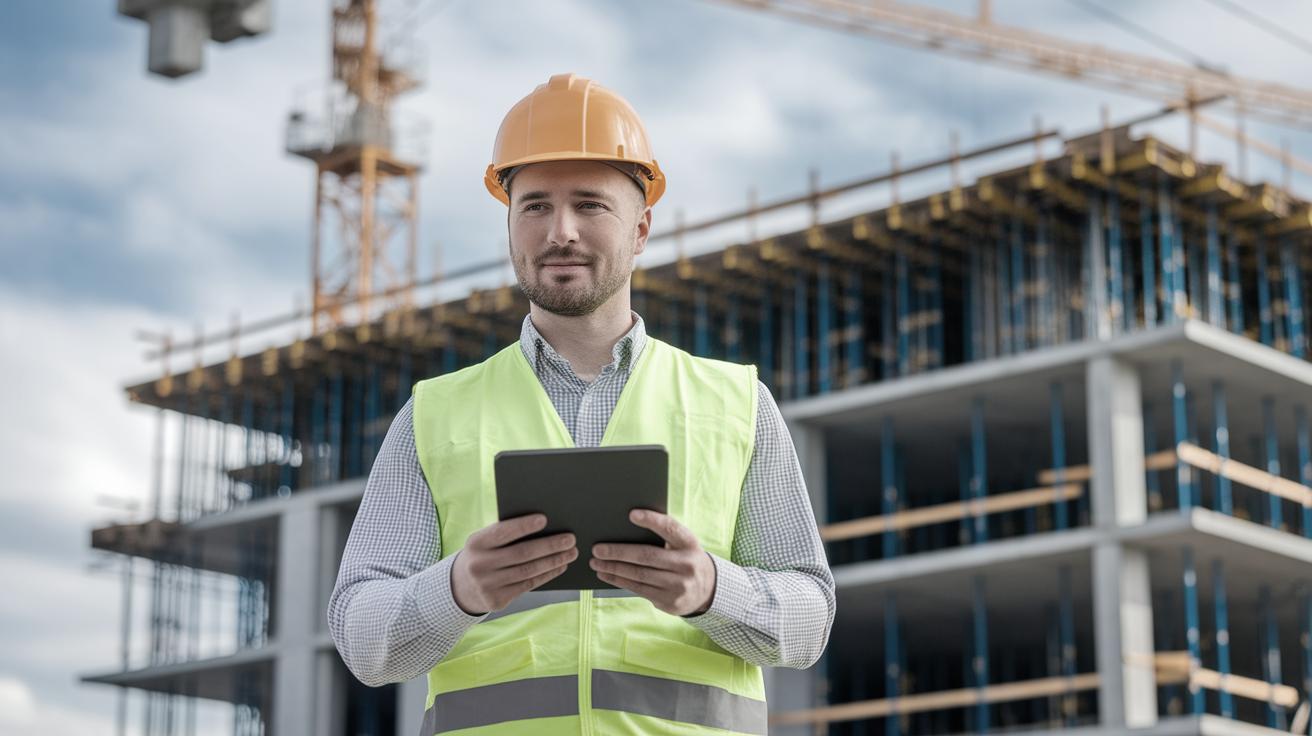Exploring the Latest Trends in Commercial Building Design
In the rapidly evolving landscape of commercial building design, staying ahead of the curve is crucial for architects, designers, and builders. This article explores the most influential trends shaping the industry in 2024. From Arktura’s 2024 Year in Review, which highlights innovative approaches and projects, to sustainable materials, biophilic design elements, and flexible workspace layouts, we delve into what’s defining modern commercial spaces. Wellness and technology integration are driving new directions, while the emphasis on cultural and brand identity provides depth and uniqueness to designs. Join us as we unpack these trends and provide insights into the future of commercial architecture.
Arktura’s 2024 Year in Review
Arktura, a leader in design and architectural products, has released its 2024 Year in Review, showcasing a remarkable array of projects that redefine the benchmarks of commercial building design. The report highlights innovative uses of materials, new configurations, and advanced technologies that maximize functionality and aesthetics. Through their exhaustive study, Arktura underpins the very concept of creating spaces that resonate with purpose and creativity.
One defining feature from Arktura’s review is the emergence of parametric design. This approach utilizes algorithms to develop complex structures and patterns, enhancing both form and function. Designers increasingly use these tools to push the boundaries of traditional design, creating spaces that are not only visually striking but also environmentally conscious and sustainable.
Furthermore, Arktura emphasizes the importance of collaboration across multiple disciplines. By integrating insights from engineers, artists, and environmental experts, they create a synergy that propels project outcomes to new heights, addressing both user needs and market demands effectively.
Sustainable Materials and Practices
The push towards sustainability is more prominent than ever, influencing every facet of commercial building design. Architects are now turning to sustainable materials such as recycled steel, bamboo, and reclaimed wood to reduce environmental impact. These materials not only decrease carbon footprints but also add unique aesthetic values to designs, blending modernity with eco-conscious elements.
In addition to using sustainable materials, there is a growing emphasis on energy-efficient practices, including the integration of solar panels, energy-efficient HVAC systems, and smart building technologies. These practices enable buildings to operate at reduced energy levels, significantly curtailing operating costs while benefiting the environment.
A noteworthy trend is the use of green roofs and walls, which serve multiple purposes: they increase insulation, reduce heat island effect, and promote biodiversity in urban areas. By integrating these features, commercial buildings become more sustainable and create more pleasant environments for occupants.
Biophilic Design
The concept of biophilic design, which seeks to connect building occupants more closely to nature, has gained significant traction. This design philosophy is grounded in the belief that incorporating natural elements into urban spaces can enhance well-being and productivity. Elements like natural light, indoor plants, water features, and outdoor views are crucial components.
Biophilic design isn’t just about aesthetics; it’s about improving the quality of human life. Studies have consistently shown that exposure to natural environments reduces stress, enhances creativity, and improves focus. By integrating these elements into commercial spaces, employers can foster a healthier and more productive workforce.
Moreover, this trend is redefining workplace culture as companies recognize the value of employee well-being. Offices are being transformed into serene, plant-filled environments that mirror natural ecosystems, creating a harmonious balance between work and relaxation.
Flexible Workspaces
The rise of remote and hybrid work models has necessitated the creation of flexible workspaces that can adapt to various working styles and needs. Open floor plans, adjustable furniture, and multifunctional areas are becoming staples in modern commercial design, offering spaces that promote collaboration and creativity while also providing areas for focused individual work.
One specific trend is the creation of modular office designs that can be reconfigured quickly and efficiently. This flexibility allows businesses to adapt their physical layouts to align with fluctuating team sizes and project needs, optimizing space utilization and minimizing waste.
Additionally, these workspaces often integrate technology to facilitate seamless communication and collaboration, both in-person and virtually. This ensures that as work paradigms continue to shift, spaces are equipped to support the changing dynamics effectively.
Wellness-focused Design
Wellness-focused design in commercial buildings emphasizes creating environments that support mental and physical health. This involves incorporating natural elements, enhancing air quality, and designing with ergonomics in mind. Features such as standing desks, comfortable seating, and zones for physical activity contribute to the overall well-being of personnel.
Furthermore, the importance of lighting cannot be overstated. Utilizing natural lighting and circadian rhythms with artificial lighting systems reduces eye strain and promotes regular sleeping patterns. Modern designs often leverage large windows, skylights, and intelligent lighting controls that respond to natural changes throughout the day.
Implementing areas dedicated to relaxation and mindfulness, such as meditation rooms or quiet zones, reflects the growing acknowledgment that mental health is integral to workplace performance. As organizations recognize the correlation between well-being and productivity, we see more of such wellness-focused spaces in commercial environments.
Technology Integration
The integration of advanced technological solutions in commercial buildings is no longer optional; it’s now essential. Smart building technologies, such as IoT sensors and AI-driven systems, help manage lighting, heating, and security, providing not only greater efficiency but enhanced safety and security.
Moreover, the use of augmented and virtual reality tools in design and construction phases allows architects and clients to visualize spaces before they are built. These technologies simplify the design process, reduce errors, and enable more informed decision-making.
Contactless solutions, from automated entry systems to voice-activated elevators, have surged in popularity, especially in response to health concerns. These innovations enhance user experience by prioritizing convenience and reducing physical touchpoints in high-traffic environments.
Cultural and Brand Identity
In a globalized world, the ability to express cultural and brand identity through architecture and design has become increasingly valuable. Commercial buildings now serve as physical representations of corporate values and ethos, with customized design elements that tell a story unique to the brand.
Elements such as local art, cultural symbols, and branding motifs are weaved into the design to foster a connection with local communities and clients. This not only enhances brand recognition but also creates a unique atmosphere that resonates with employees and visitors alike.
Furthermore, emphasizing diversity and inclusivity in design strategies reflects a commitment to cultural awareness. Incorporating features that cater to various cultural preferences and needs is becoming a fundamental aspect of modern commercial design, celebrating the richness of multiculturalism.
Final Thoughts
The trends discussed in this article highlight a shift in the commercial building design realm, where sustainability, technology, and human-centric approaches are redefining spaces. Designers and architects are called to balance aesthetic appeal with functionality, creating environments that support well-being and reflect cultural identities. As these trends continue to evolve, they pave the way for innovative solutions that respond to the dynamic needs of the commercial sector.
| Trend | Description |
|---|---|
| Arktura’s 2024 Year in Review | Highlights advancements and innovative projects in commercial design. |
| Sustainable Materials and Practices | Focuses on eco-friendly materials and energy-efficient building practices. |
| Biophilic Design | Integrates natural elements to enhance well-being and productivity. |
| Flexible Workspaces | Adapts to varied work styles through modular and multifunctional designs. |
| Wellness-focused Design | Prioritizes mental and physical health through ergonomic and calming design features. |
| Technology Integration | Incorporates smart technologies for efficiency and enhanced user experiences. |
| Cultural and Brand Identity | Utilizes design to reflect corporate and cultural symbols and values. |


